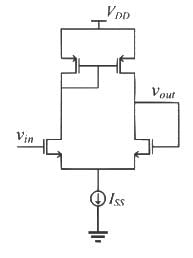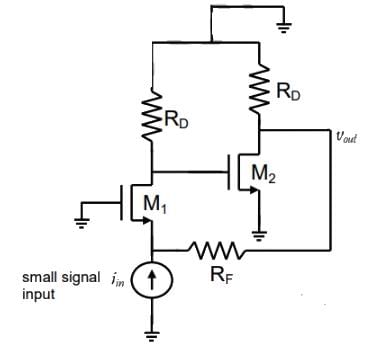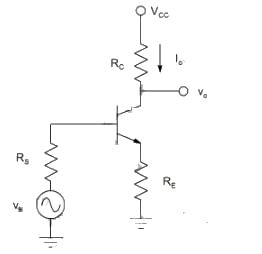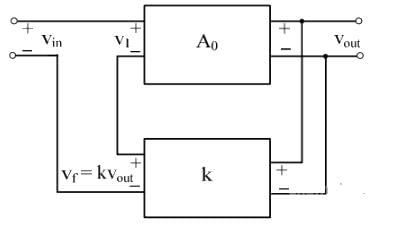Test: Feedback Amplifiers - Electronics and Communication Engineering (ECE) MCQ
10 Questions MCQ Test GATE ECE (Electronics) Mock Test Series 2026 - Test: Feedback Amplifiers
For the closed loop amplifier circuit shown below, the magnitude of open loop low frequency small signal voltage gain is 40. All the transistors are biased in saturation. The current source Iss is ideal. Neglect body effect, channel length modulation and intrinsic device capacitances. The closed loop low frequency small signal voltage gain vout / vin (rounded off to three decimal places) is ____.


A cascade of common-source amplifiers in a unity gain feedback configuration oscillates when
In the ac equivalent circuit shown in the figure, if iF is very large, the type of feedback is


The desirable characteristics of a transconductance amplifier are
The feedback topology in the amplifier circuit (the base bias circuit is not shown for simplicity) in the figure is

In a voltage-voltage feedback as shown below, which one of the following statements is TRUE, if the gain k is increased?

In a shunt-shunt negative feedback Amplifier, as compared to the basic Amplifier,
To obtain very high input and output impedances in a feedback Amplifier, the mostly used is
|
26 docs|263 tests
|














